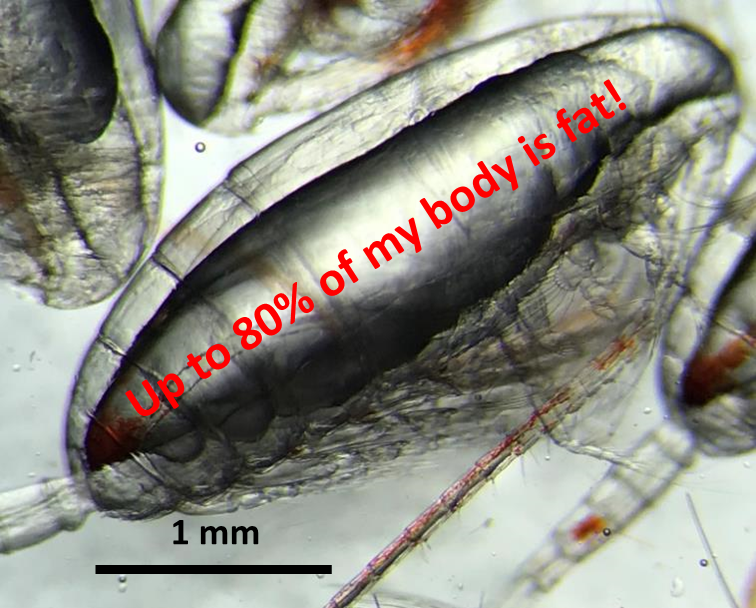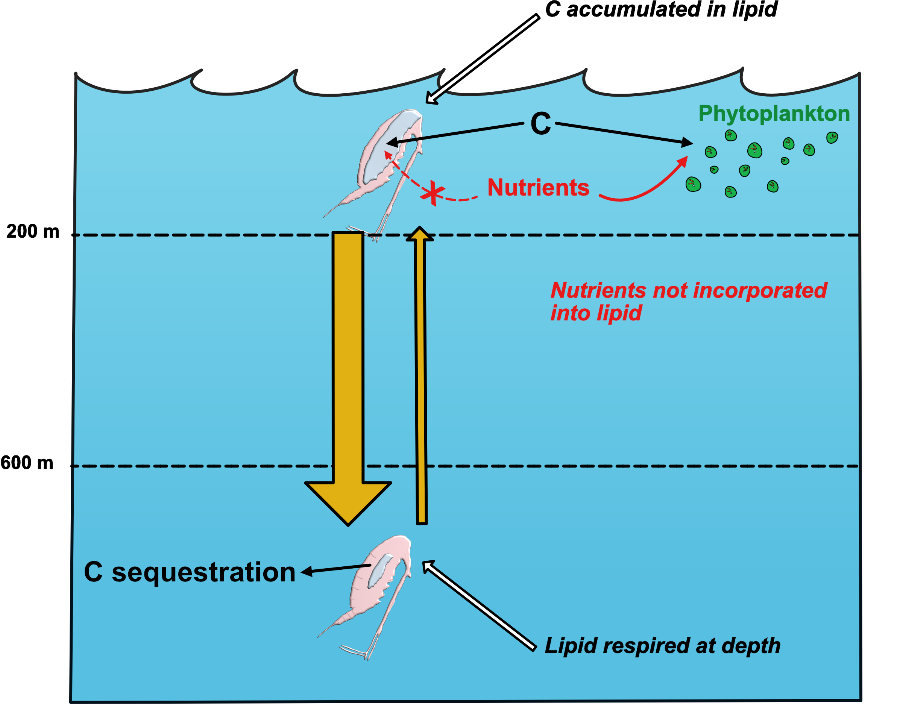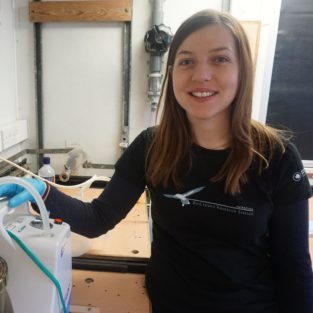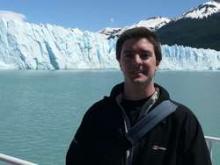WP2 will concentrate on ecosystem processes that are particular to the polar regions. Identifying the cause of excess of the nutrient phosphorus exported from the Arctic will focus on the role of pelagic denitrification as well as the coupled responses of lower trophic levels. Another focus will be the lipid pump, prevalent in both polar regions and potentially a major conduit for carbon sequestration. Fieldwork will be conducted alongside laboratory analyses and modelling to substantiate how these processes modify nutrient inputs before their export from the Polar Regions.
WP2 combines field observations with controlled laboratory experiments and targeted modelling activities to better understand how and why ecosystem processes at the poles drive globally-significant carbon sequestration and nutrient export. We will address the following research questions:
- Does denitrification associated with sinking particles contribute to the excess of P exported from the Arctic?
- What are the direct and indirect effects of climate change on microplankton cell size, metabolic physiology and biomass stoichiometry?
- What controls the depth at which polar copepods diapause, and their physiological rates during overwintering?
- Exactly how much carbon is stored via the lipid pump in the Southern Ocean?
- Do benthic animals increase the efficiency of the lipid pump by consuming overwintering animals at depth?
- How can we represent the stoichiometric consequences of the polar lipid pump in a biogeochemical model?
The polar ‘lipid pumps’
“Sequesters an amount of carbon equivalent to the sinking flux of detritus in the North Atlantic” (Jonasdottir et al. 2015 PNAS)


Many key questions remain about the scale of the lipid pump and how it will respond to future climate change.
What controls diapause depth?
- Quantify lipid content and composition vs depth
How much lipid is respired at depth?
- Quantify respiration rates using ETS assays
Are animals eaten at depth? (100% sequestration efficiency)
- Quantify pelagic-benthic coupling using biomarkers

The polar ‘lipid pumps’
BIOPOLE will modelling the stoichiometric consequences of the lipid pump
WP2 will develop a coupled life-cycle food-web stoichiometric model to
- Quantify the fate of C and N during diapause using metabolic stoichiometry (Anderson et al., 2021 L&O Letts)
- Engage with WP3 to develop simplified, global parameterisation






Geraint Tarling
Principal Investigator – WP4 lead, WP2 deputy – BAS centre lead
